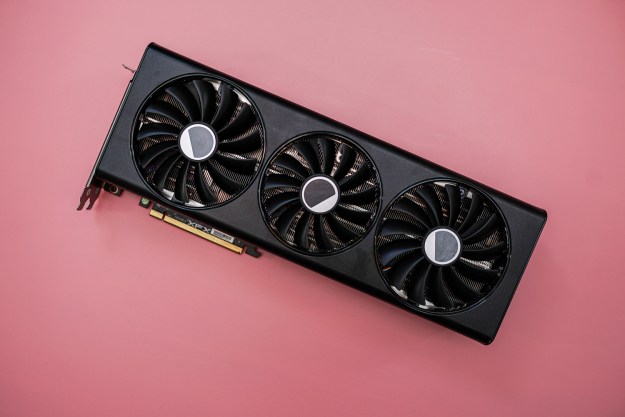A high-speed camera can pull off all kinds of impressive feats, such as ultra slow-motion action photography in sports or movies. One thing you don’t see too often? An ultra-fast camera that’s so speedy it can actually record light bouncing between mirrors. That’s exactly what Edoardo Charbon at the Swiss Federal Institute of Technology in Lausanne recently demonstrated, however — using a camera that’s able to take a mind-boggling 24,000 frames a second.
The researchers used the MegaX camera, a single-photon avalanche diode-based image sensor, for filming their high tech Rube Goldberg-style bounced mirror setup. The hardware for the demonstration was designed by Charbon’s student, Kazuhiro Morimoto, with contributions from researchers Andrei Ardelean and Arin Ulku.
“The camera operates in gated mode, [meaning] a very fast electronic shutter of 3.8 nanoseconds is used to capture the light as it propagates,” Charbon told Digital Trends. “Subsequent laser pulses are used, opening the shutter with increasing delay, so as to follow the propagation along its path. Thanks to the large number of pixels and the fast shutter, one can see the light propagation in multiple shots without moving the camera and without superposing the images to images taken with other cameras. Everything is done on MegaX.”
It’s not just a case of setting up a super-fast camera, hitting record, and then shining a light, however. Because light isn’t normally visible when it’s in flight, the researchers had to focus on the photons from a laser pulse as they scatter off particles in the air. Using knowledge about the pulse’s trajectory and how long the pulses took to reach the camera, the team utilized machine learning algorithms to plot the 3D light path.
Charbon said that the work’s chief advance is in demonstrating the “capability of reconstructing the position of the pulses of light in 3D — plus time, [equalling] 4D — using machine learning techniques and the demonstration of different apparent speed of light depending on the position of the observer.”
He noted that this could have some useful real-world applications, too. Predictably, one of the big ones will be scientific applications in fields like high-energy physics where it’s important to do fast image detection. But it could also be used for things like augmented and virtual reality for accurately reconstructing environments, much as bounced lidar helps self-driving cars to perceive the world. “Also, industrial applications and robotics, requiring fast and accurate 4D vision could take advantage of this camera,” Charbon said.
A paper describing the work is available to read online.
Editors' Recommendations
- Can Google’s Pixel 6 Pro camera beat the Samsung Galaxy S21 Ultra? I found out
- BMW recalls 257,000 cars to ensure owners can’t turn off the rearview camera


